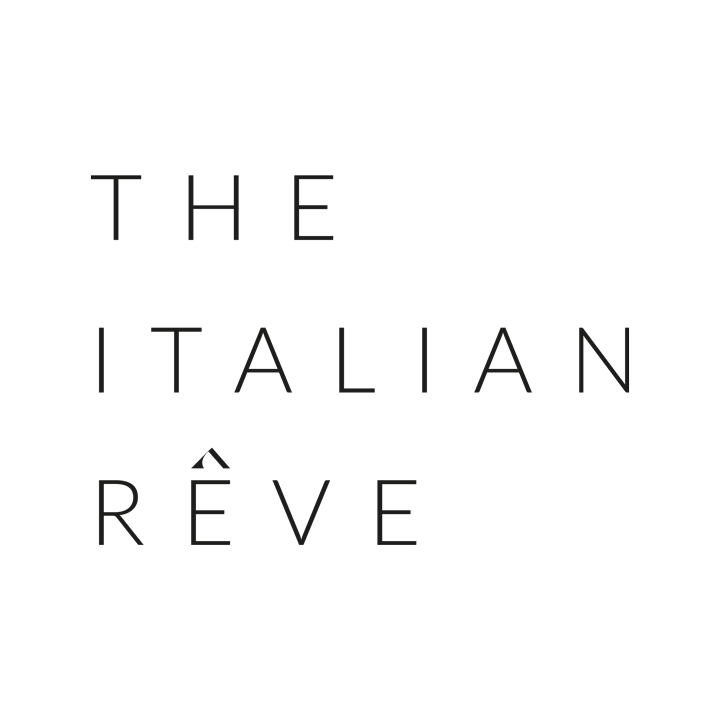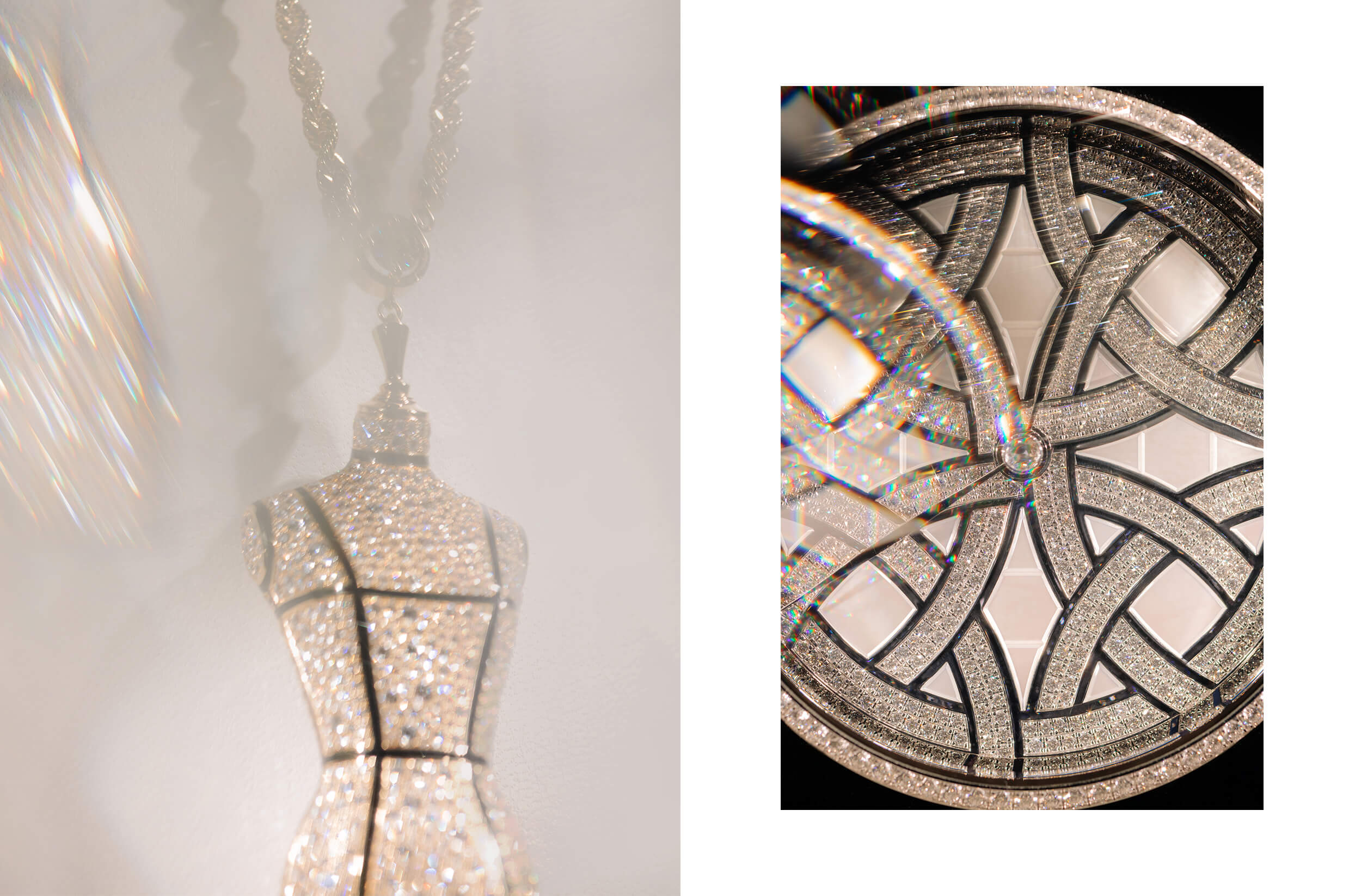To celebrate the J12, with the launch of the new J12 Bleu, we gathered at Palazzo Visconti in Milan, where we had the chance to admire some of the most iconic creations from Chanel’s luxury watchmaking collections.
These are icons for a reason: every detail in Chanel’s jewelry and watches, from the smallest to the most striking, “hides” secrets and symbolism. These montres à secret (secret watches) drew us deeper into the world of Chanel, revealing the thoughts and stories behind each object – not just beautiful pieces, but meaningful symbols.
Because nothing at Chanel is random – everything holds meaning, and we set out to uncover even the most hidden ones.
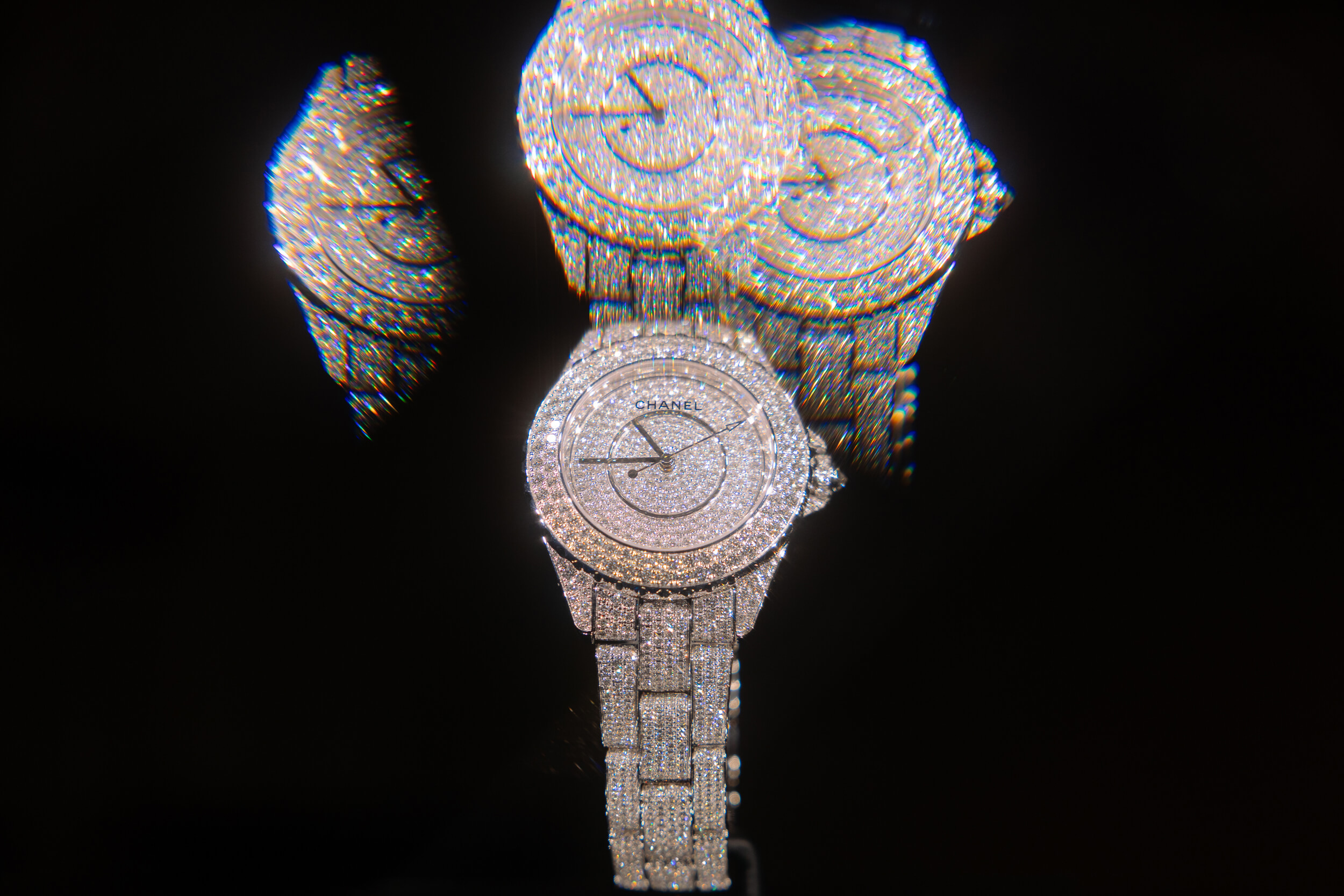
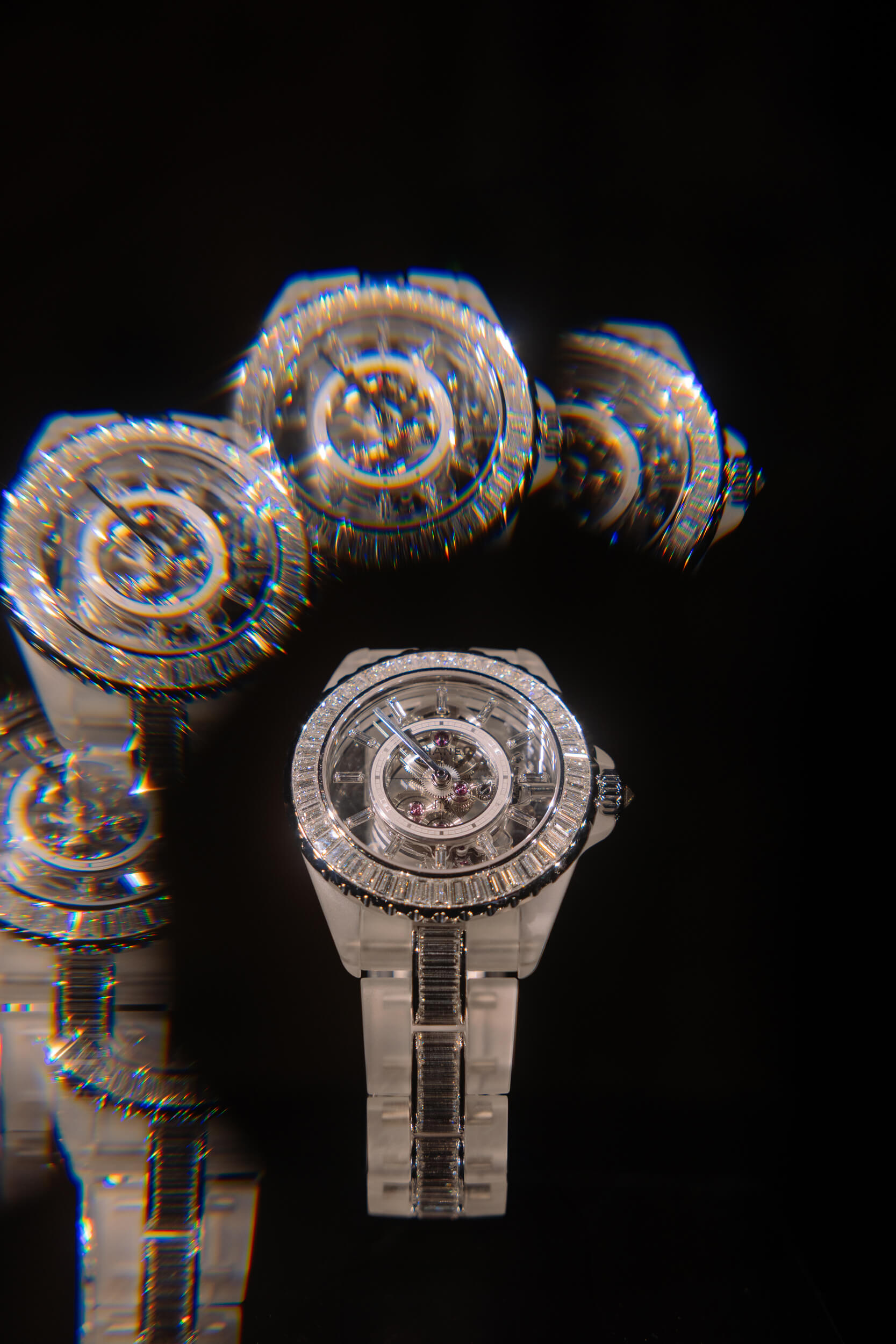
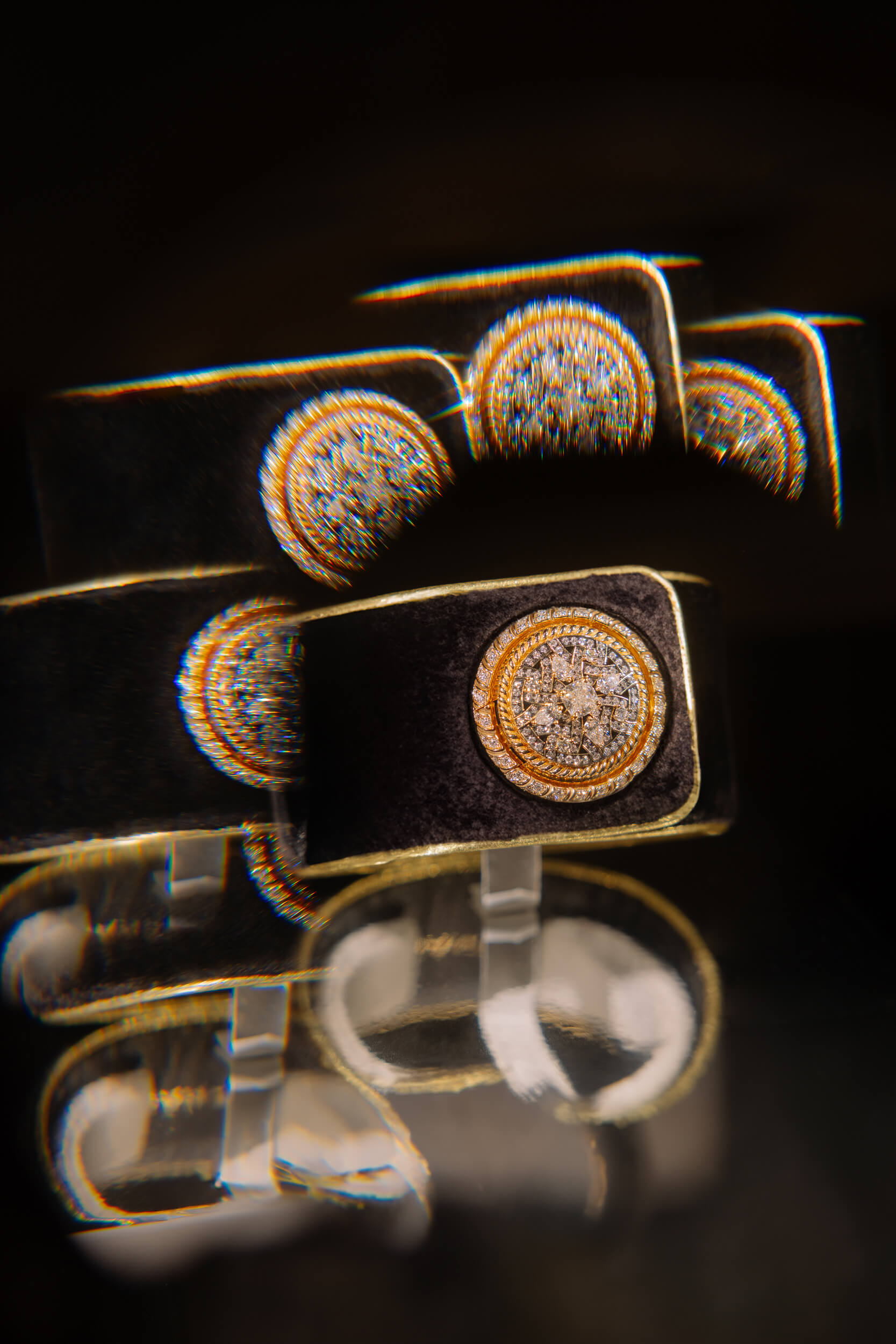
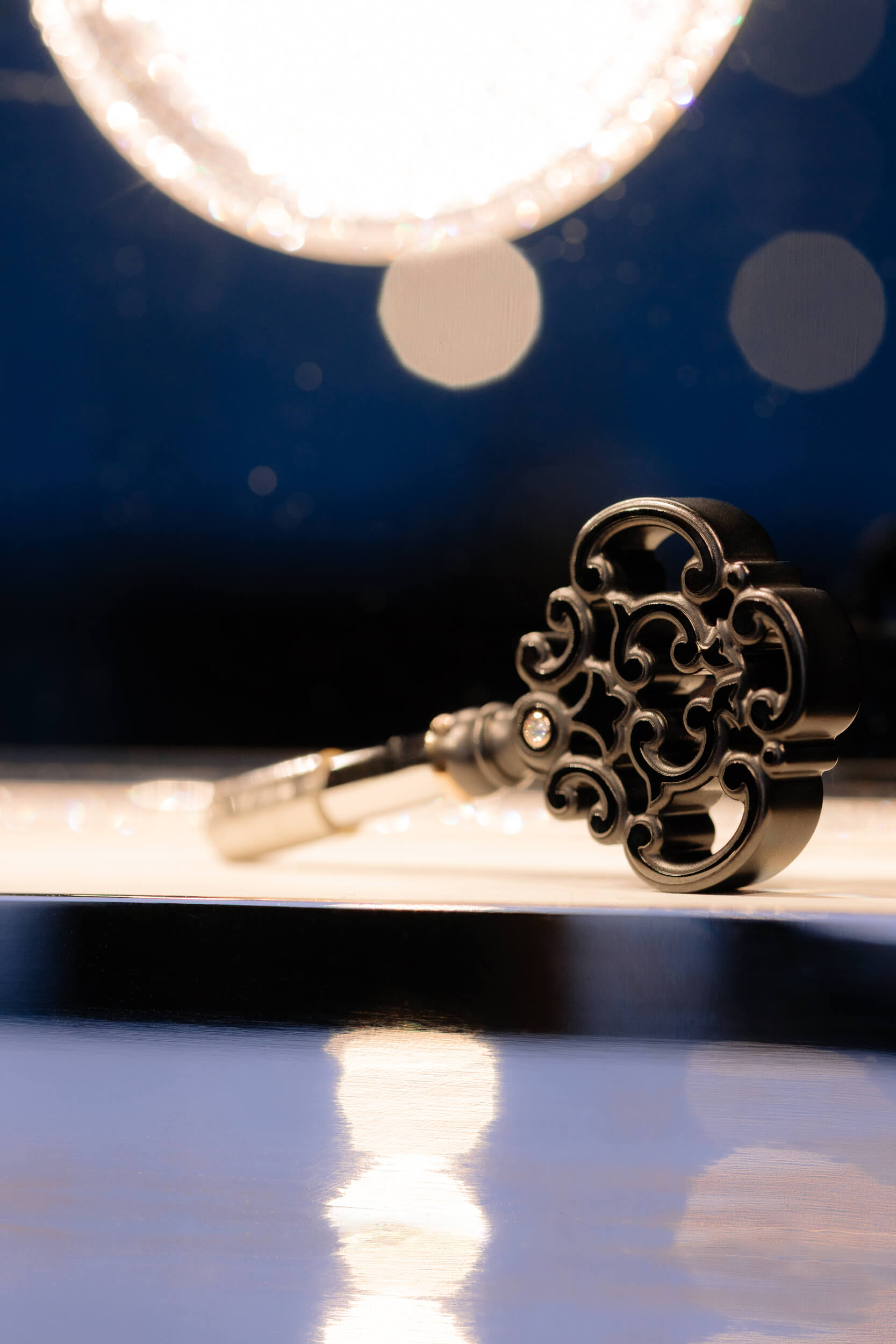
But let’s start with blue, the standout color.
The Story of Chanel Blue
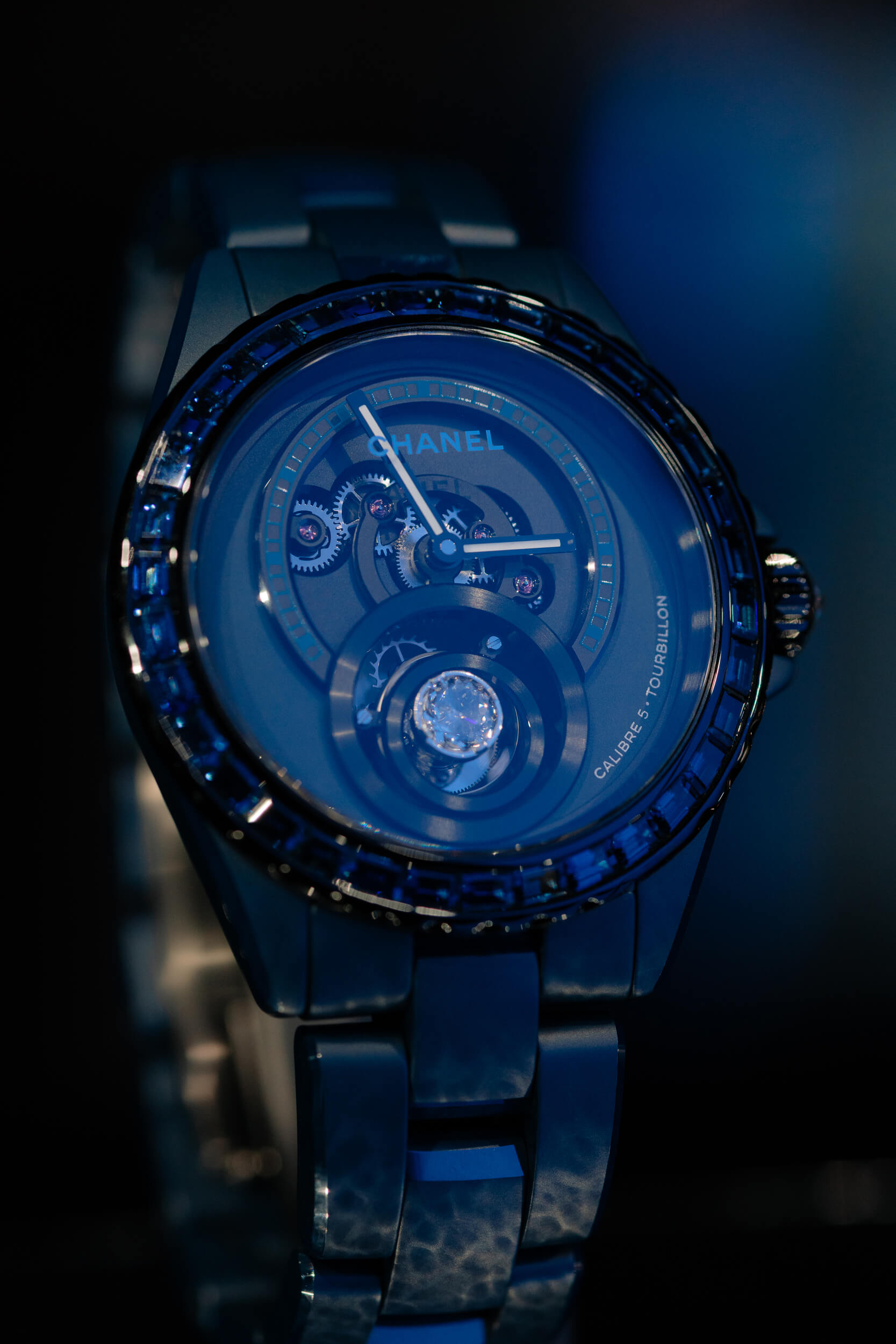
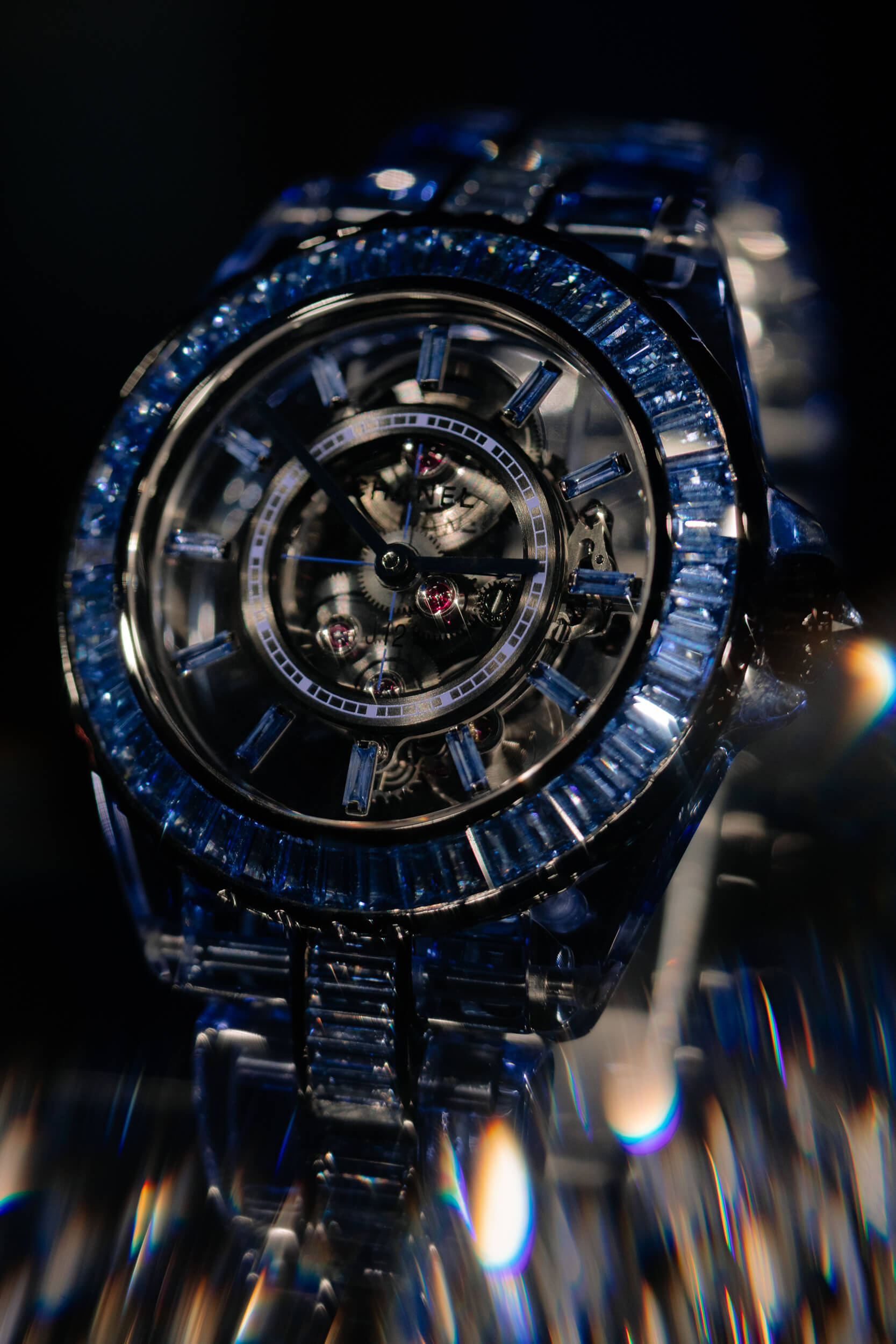
It’s not black, it’s not white – c’est le bleu Chanel.
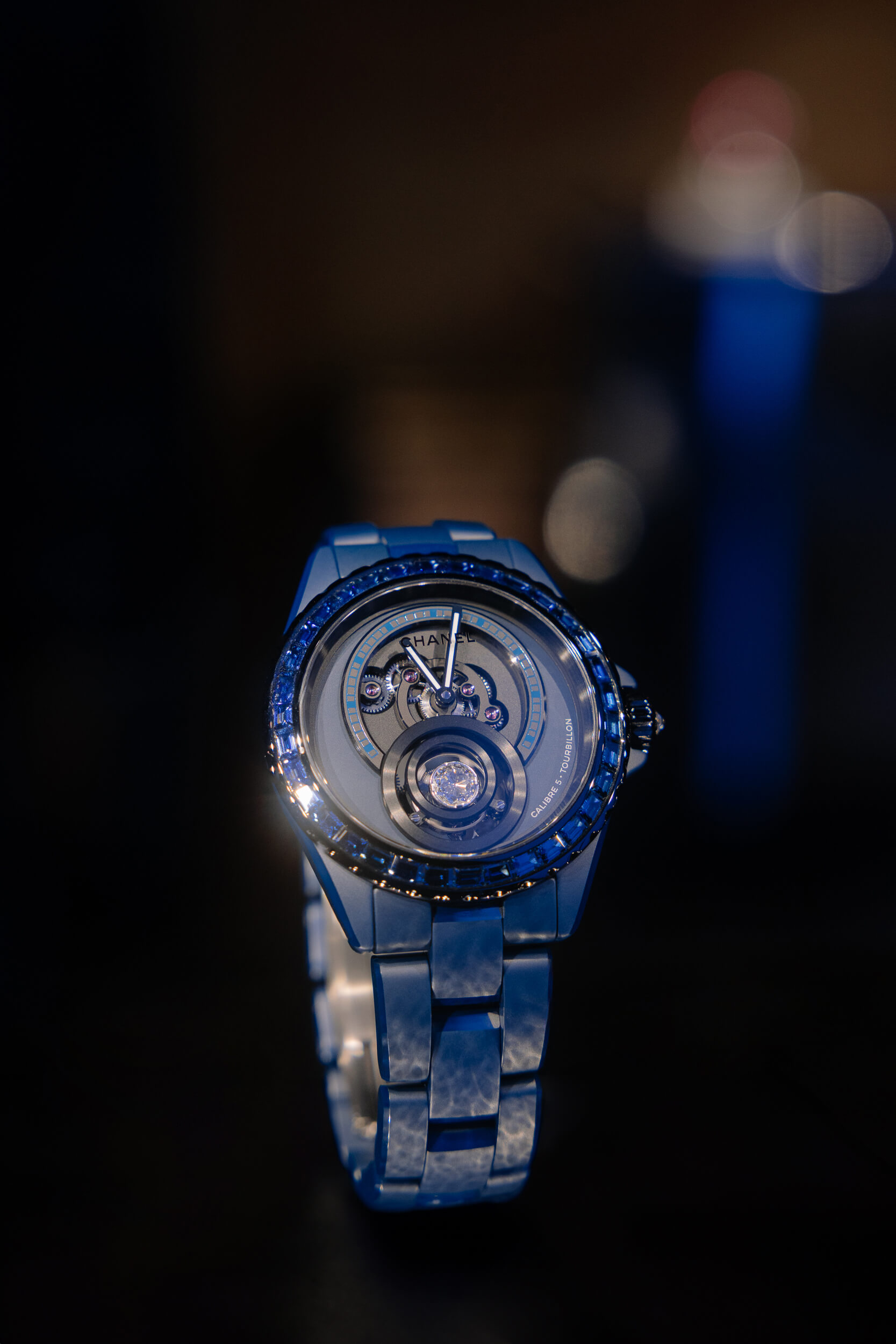
As the legendary Karl Lagerfeld once said, blue is the color of air, of day, of night.
To understand its significance, we must look at the importance of this color in both art history and Coco Chanel’s life. Blue is all around us yet always feels out of reach – you can’t really touch the blue of the sky or the sea. That’s what has fascinated people since the dawn of time.
Strangely, blue was almost nonexistent in Western art history because it doesn’t naturally occur in usable pigments. But a thousand years ago, traders from the East brought a mysterious, vibrant blue stone to the Venetian lagoon, which sparked a revolution in art. In 1303, Giotto – the father of the Italian Renaissance – created a cycle of frescoes in the Scrovegni Chapel in Padua, becoming the first artist to use blue to evoke the sky and the divine.
Blue became more precious than gold, and according to the Church, only the Virgin Mary could wear it.
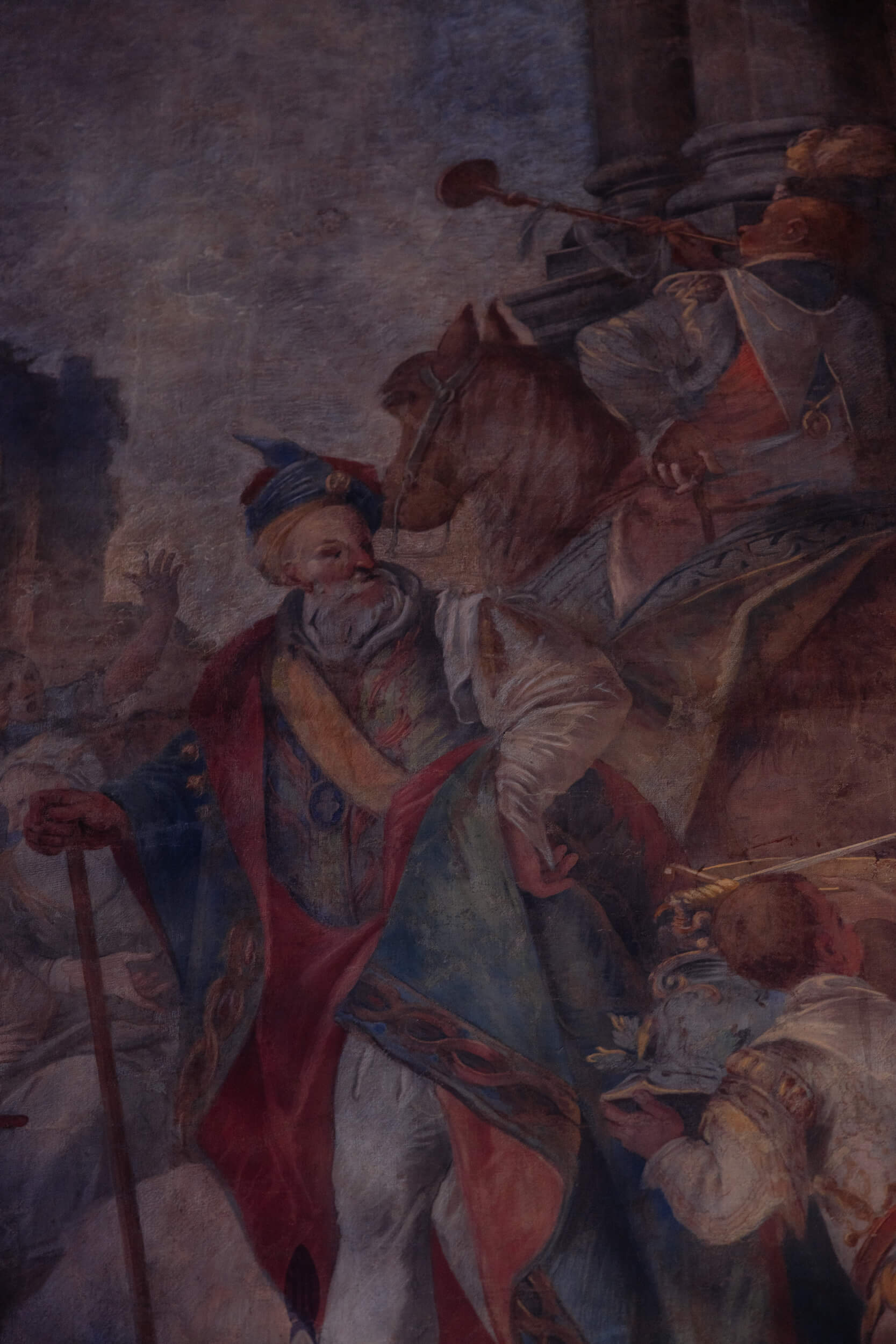
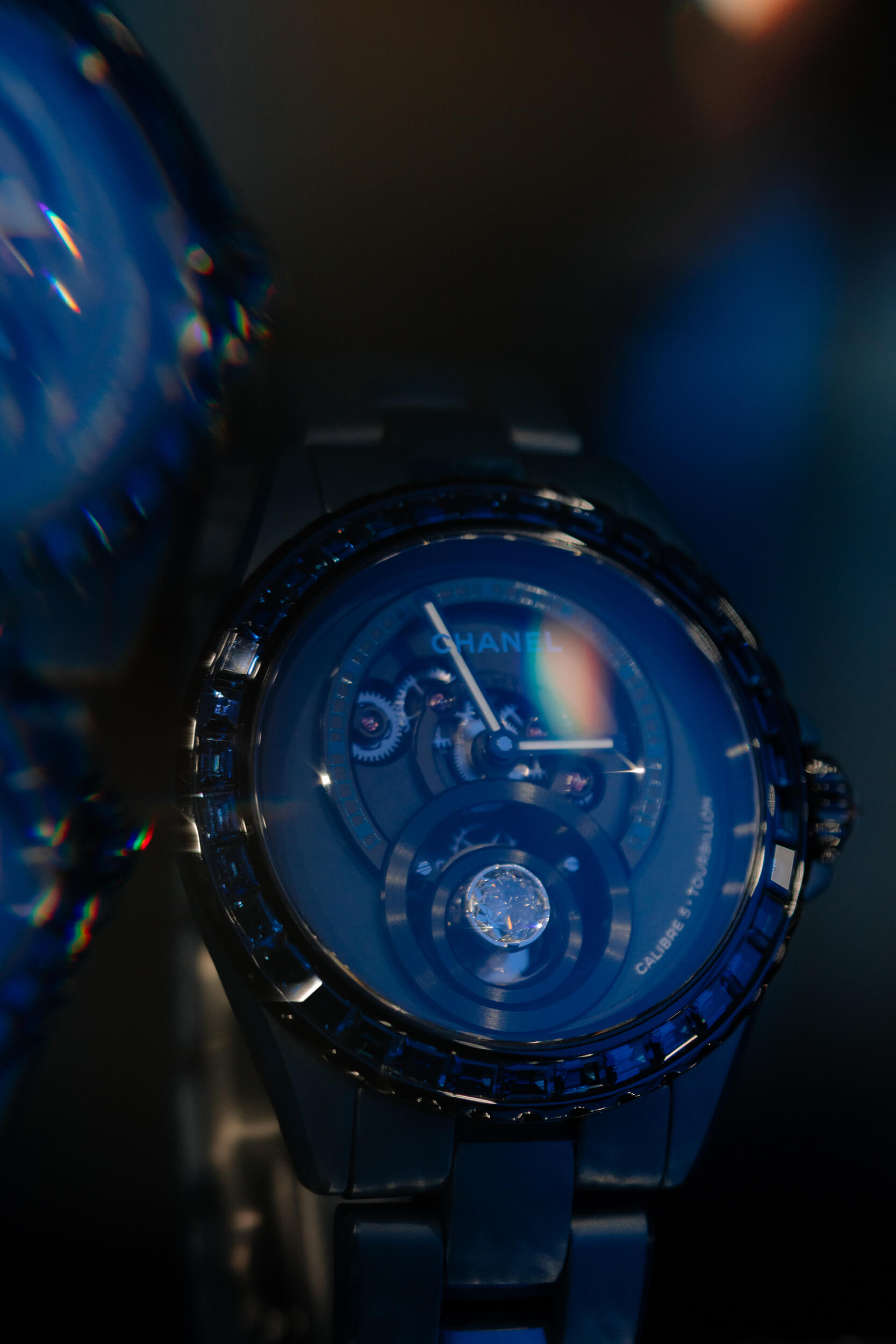
Jump to the 19th century: Van Gogh painted The Starry Night during his time in an asylum, using blue to express his longing for peace. In the 20th century, Picasso used blue during his Blue Period to convey melancholy. Then came Yves Klein, who was obsessed with the color – he sought to create his own version, blending sky and sea, resulting in the famous International Klein Blue. It was a declaration of love and of the power of blue.
Then came Gabrielle Chanel. For her, blue was a timeless flame, a powerful symbol of emancipation. In 1912, she opened her first fashion house in Deauville and discovered new shades of blue – navy and sailor blues. At the time, blue was reserved for men and mourning clothes, but she made it her own, turning it into a symbol of female empowerment. Back then, women wore tight corsets – symbols of restriction. Blue became a flame that spread, and women around the world began to wear the iconic Chanel navy suit.
And now, we see it again in the new J12 model.
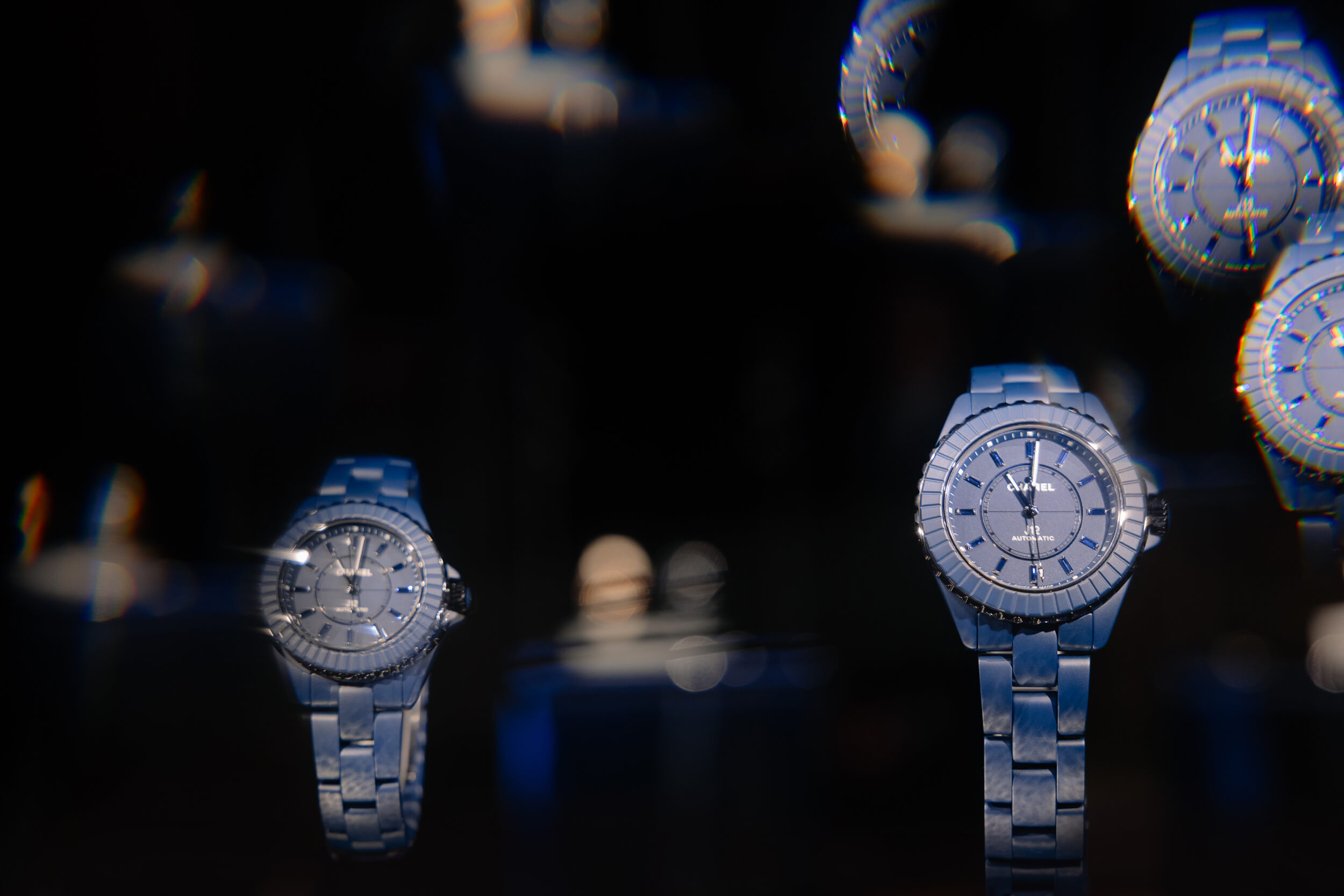
Mademoiselle’s Lion
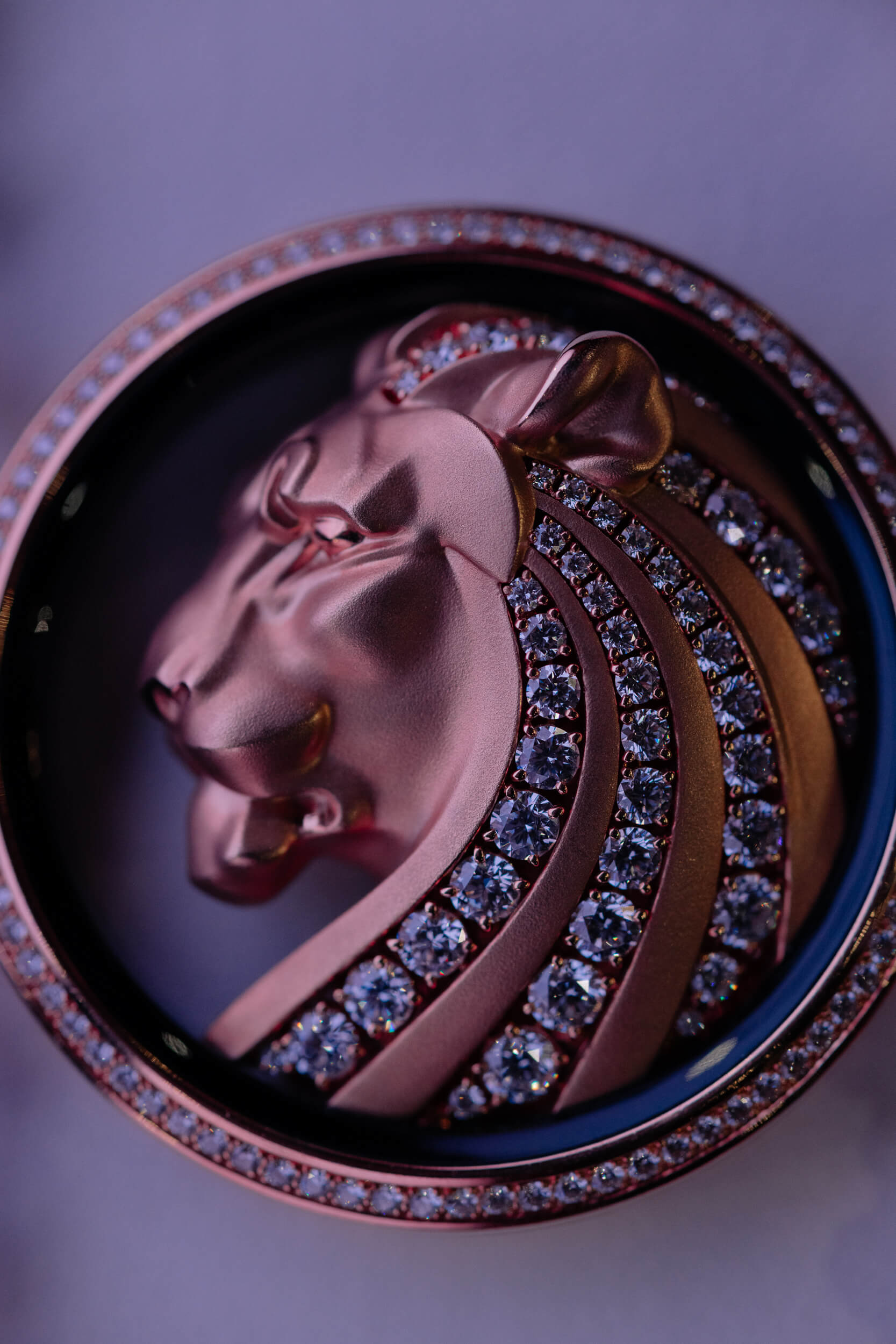
A symbol of power. An emblem of strength. Gabrielle Chanel’s zodiac sign.
The lion reveals its many facets through these creations — a testament to the extraordinary savoir-faire of the Maison’s artisans. These watch-jewel hybrids are often true montres à secret.
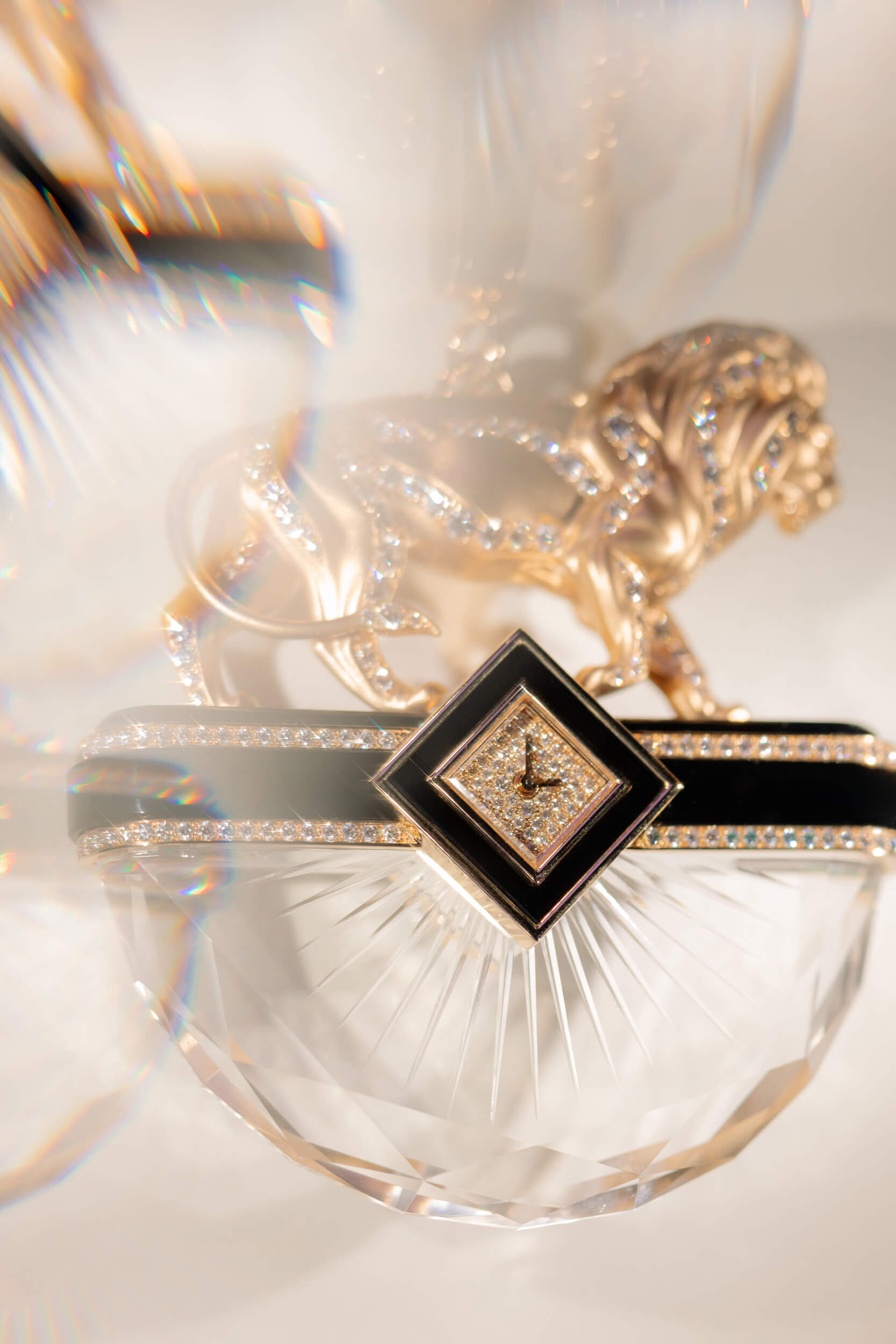
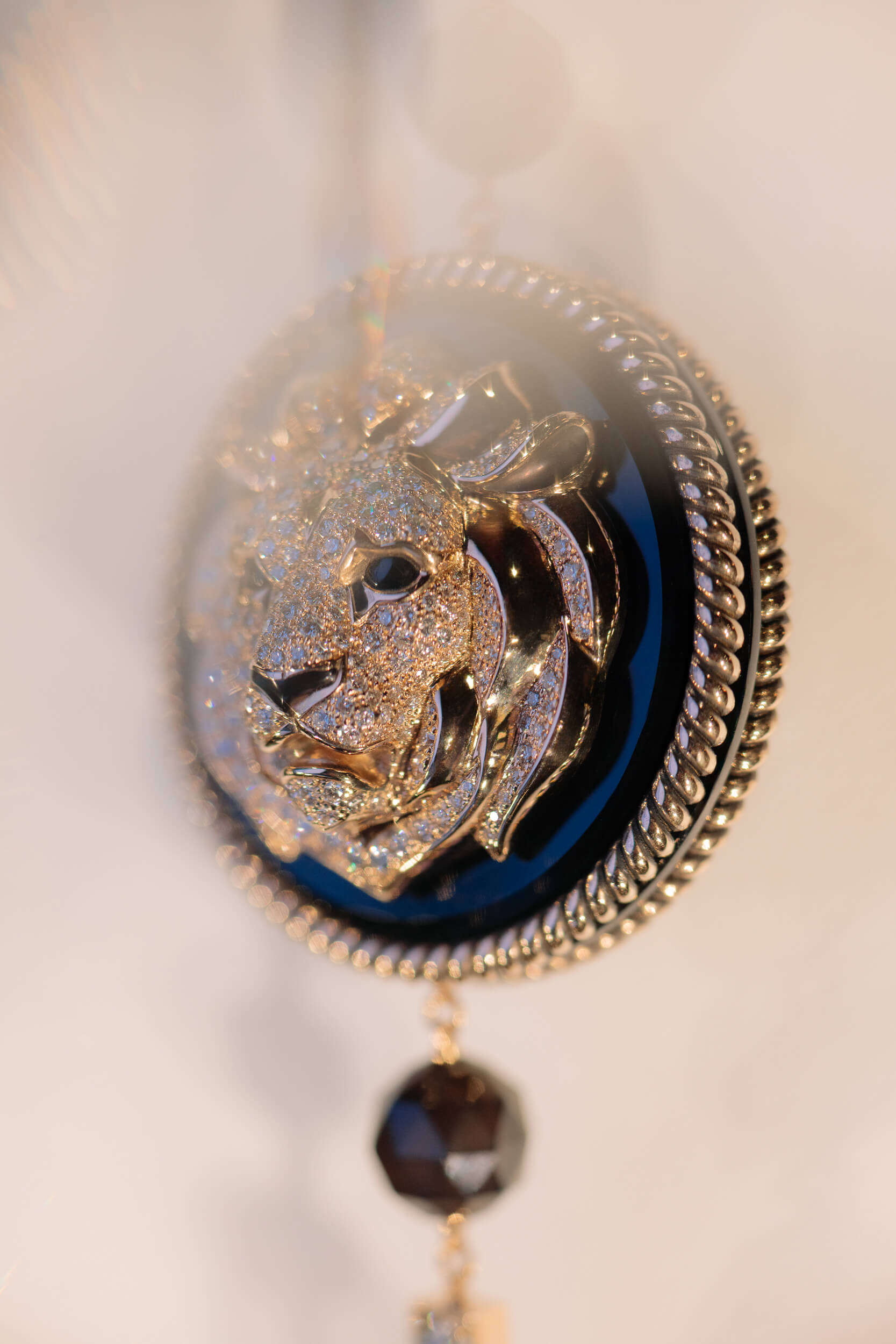
Take the Leonra ring, for example. Arnaud Chastaingt approached it as a sculptural piece. He collaborated with the best animal sculptor in Place Vendôme to design a lifelike, expressive lion. The sculptor hand-carved a 3D wax version to refine every detail of the lion’s expression. Once the gold was cast, each lion’s head was hand-set with diamonds — a process that takes about 40 hours.
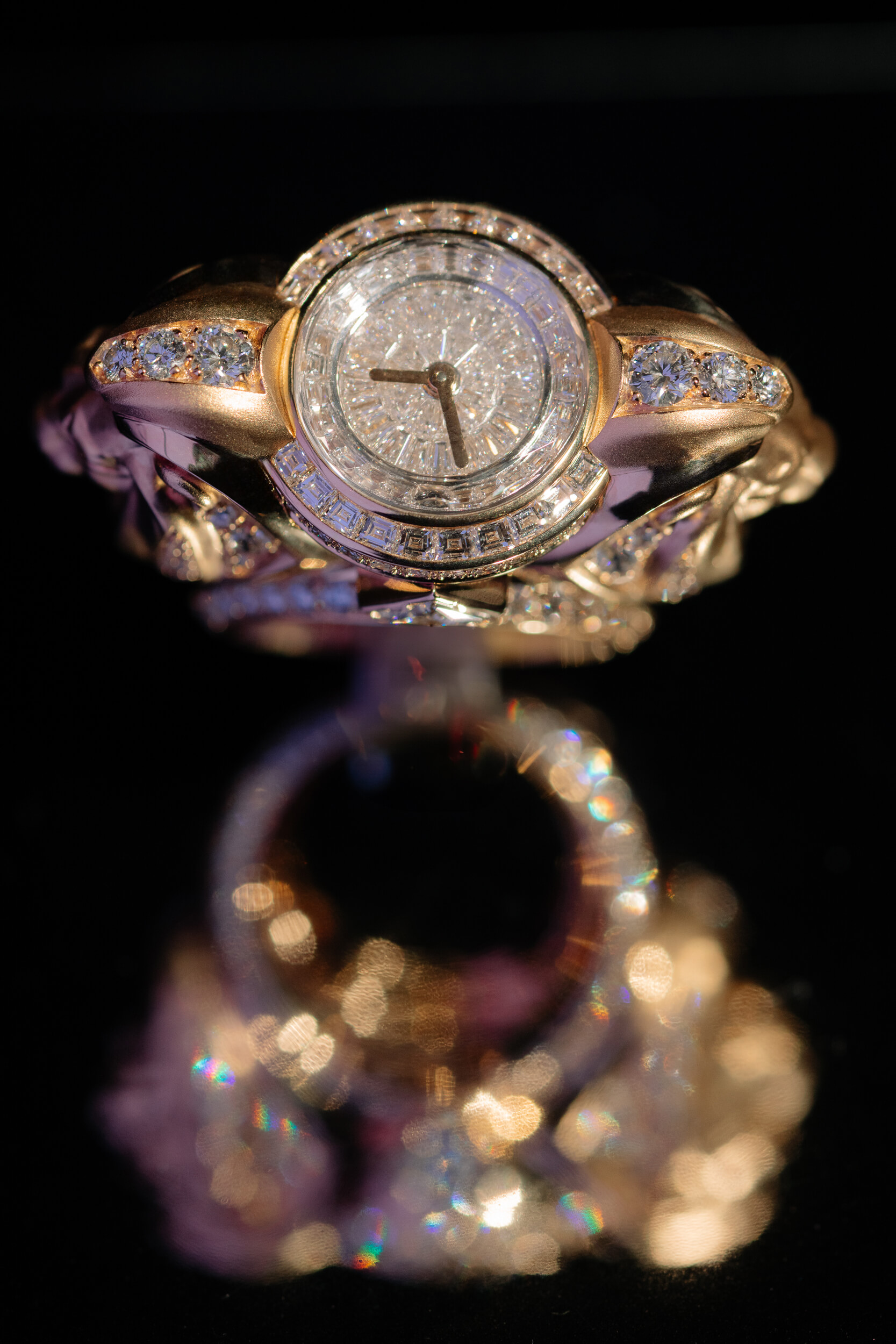
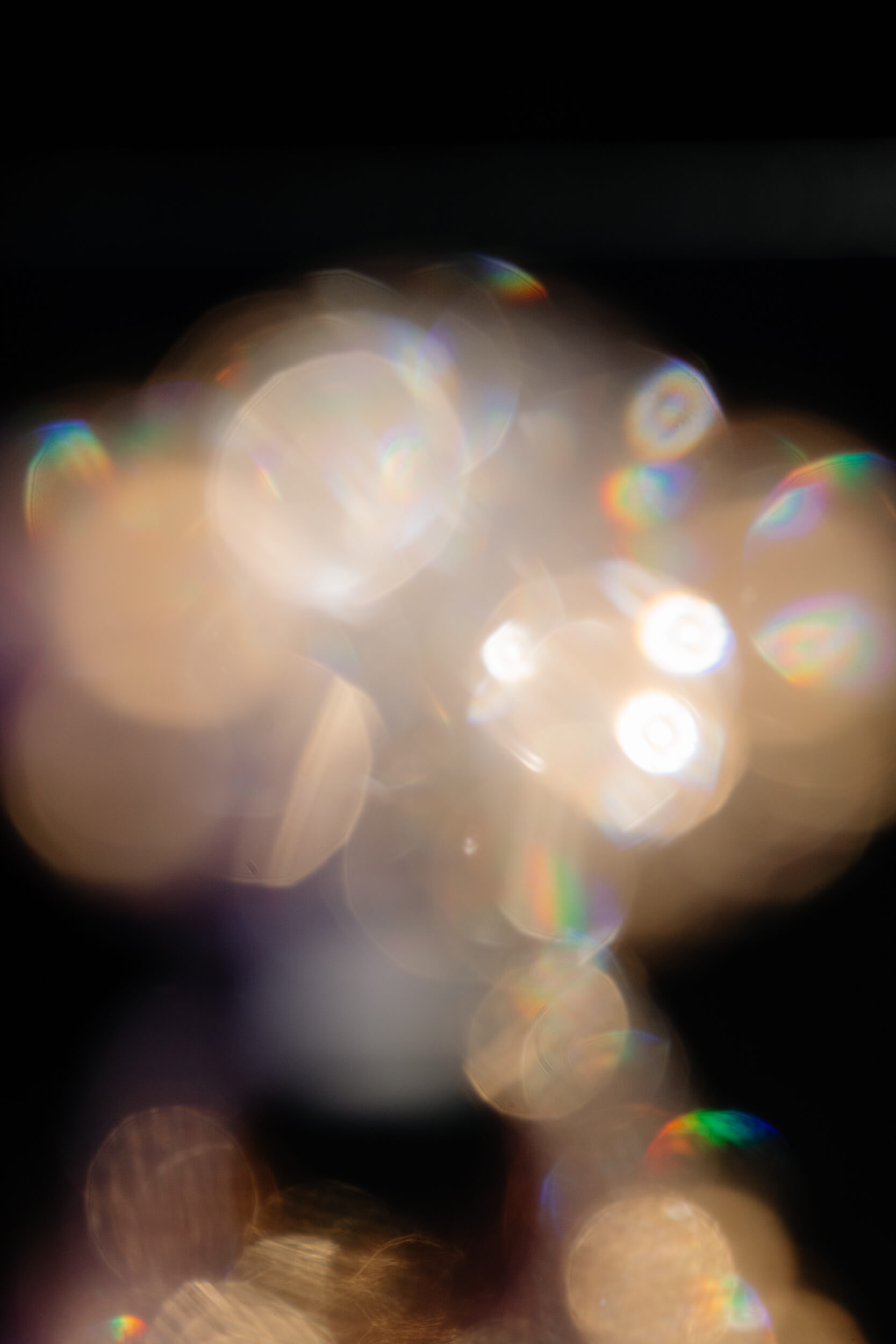
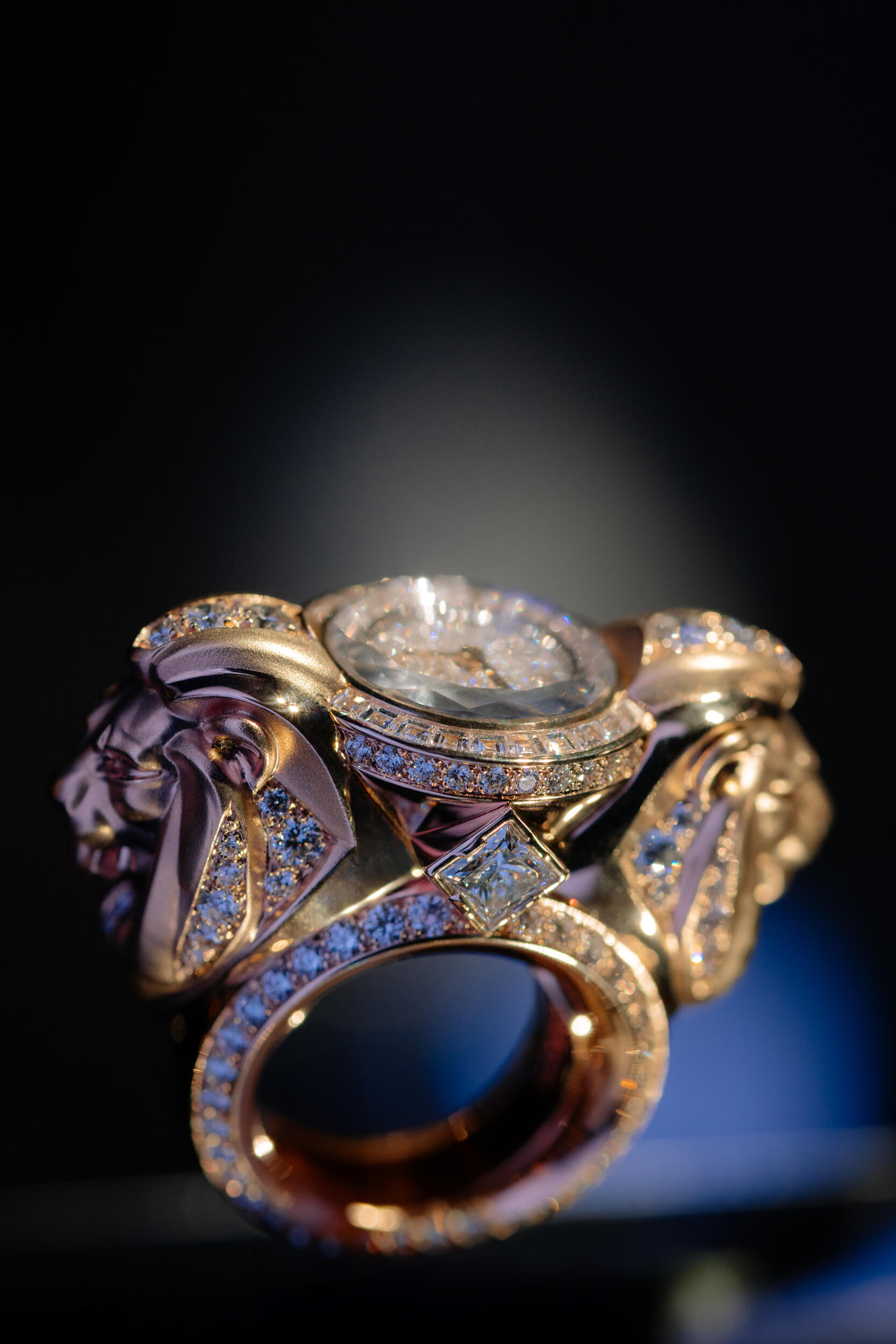
The Purity of the Camellia
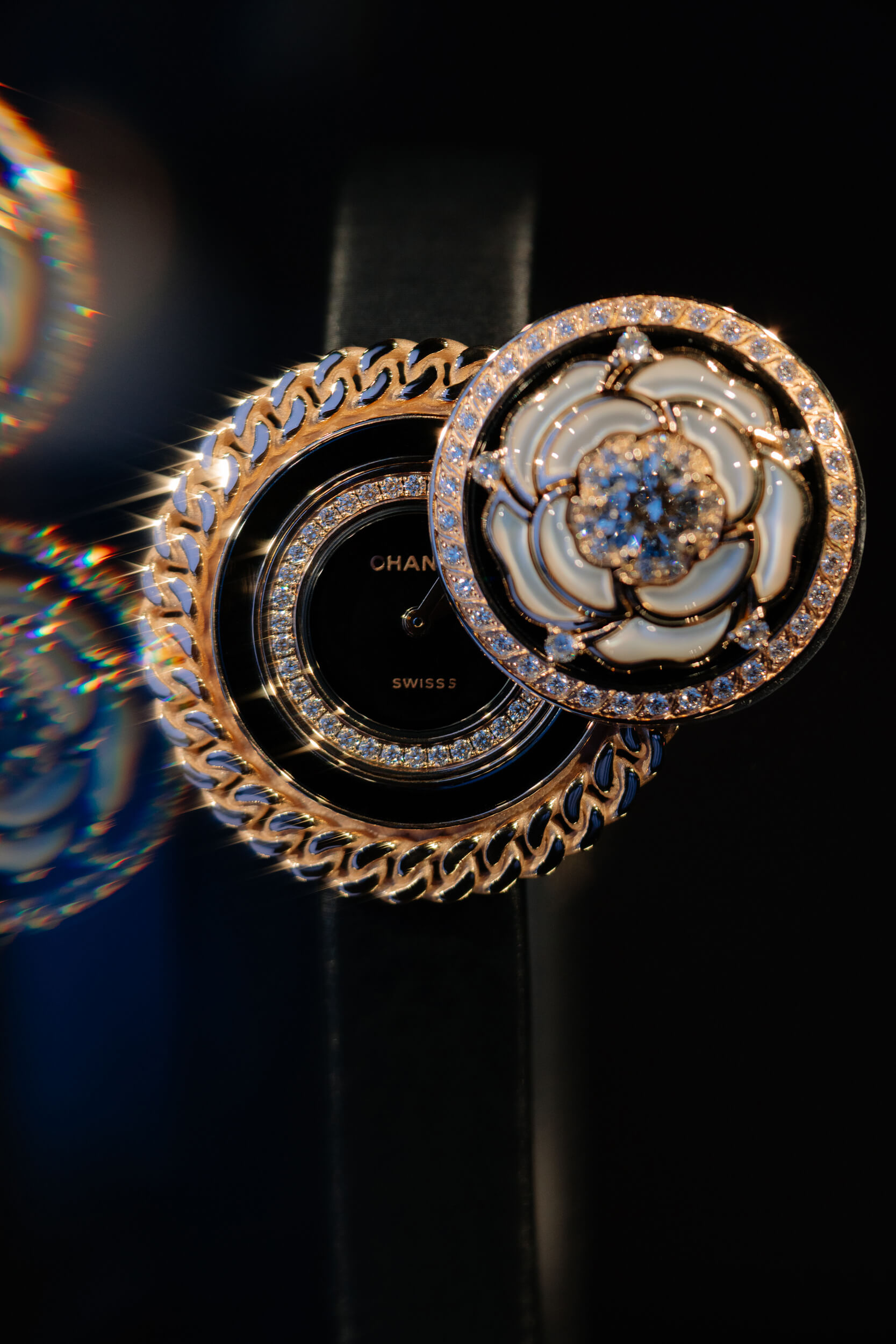
A scentless flower. Delicate. Pure. White.
The Chanel flower.
Always a symbol of refinement, originally worn by men, and later adopted by Gabrielle Chanel into her wardrobe from 1923 onward. To create the camellia motif on the Mademoiselle Privé Bouton Décor Camélia watch, the technique of glyptics was used to carve rock crystal. This intricate process takes four weeks of work by a specialized artisan. The bracelet is made of black leather with a satin finish.
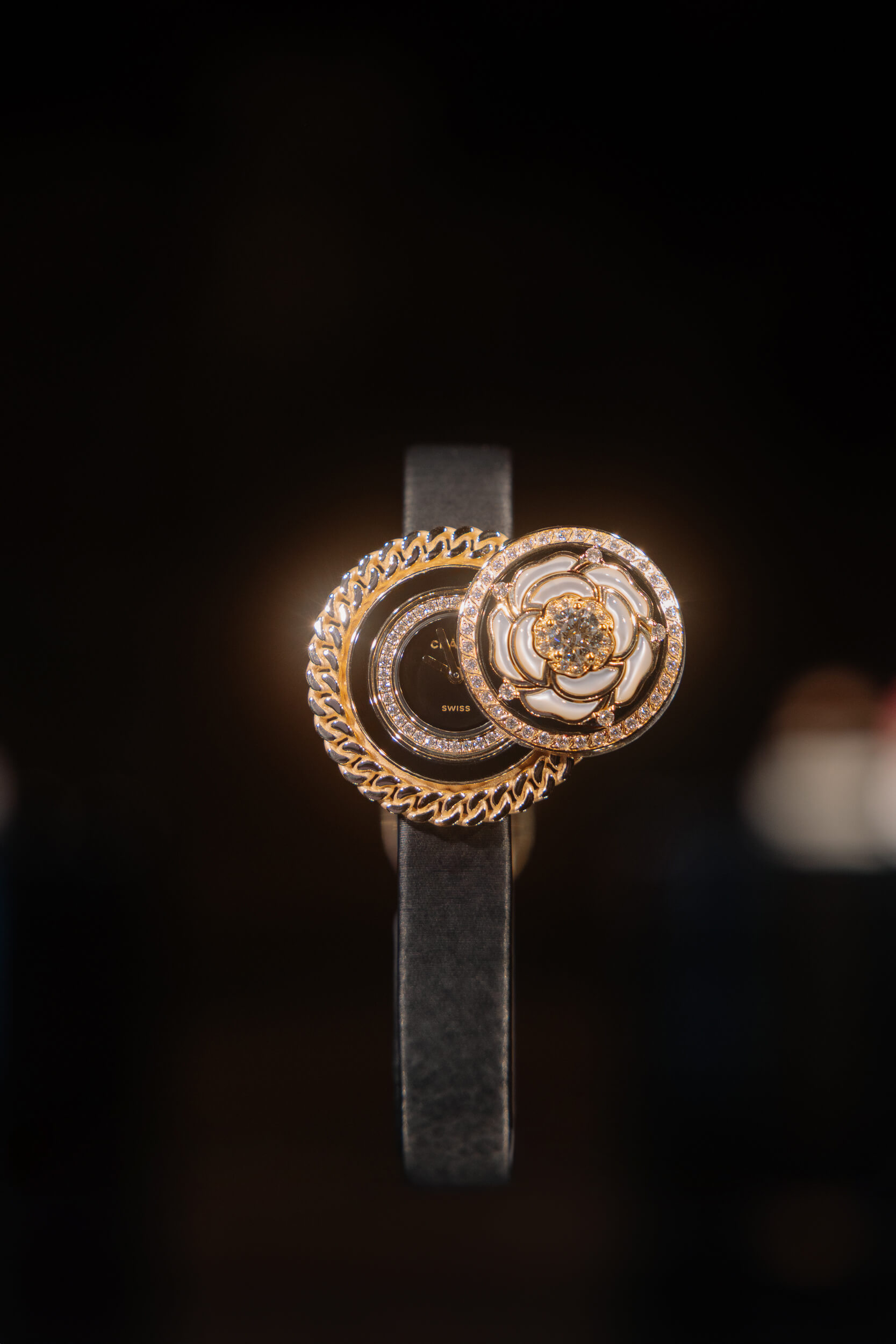
The Geometry of Place Vendôme
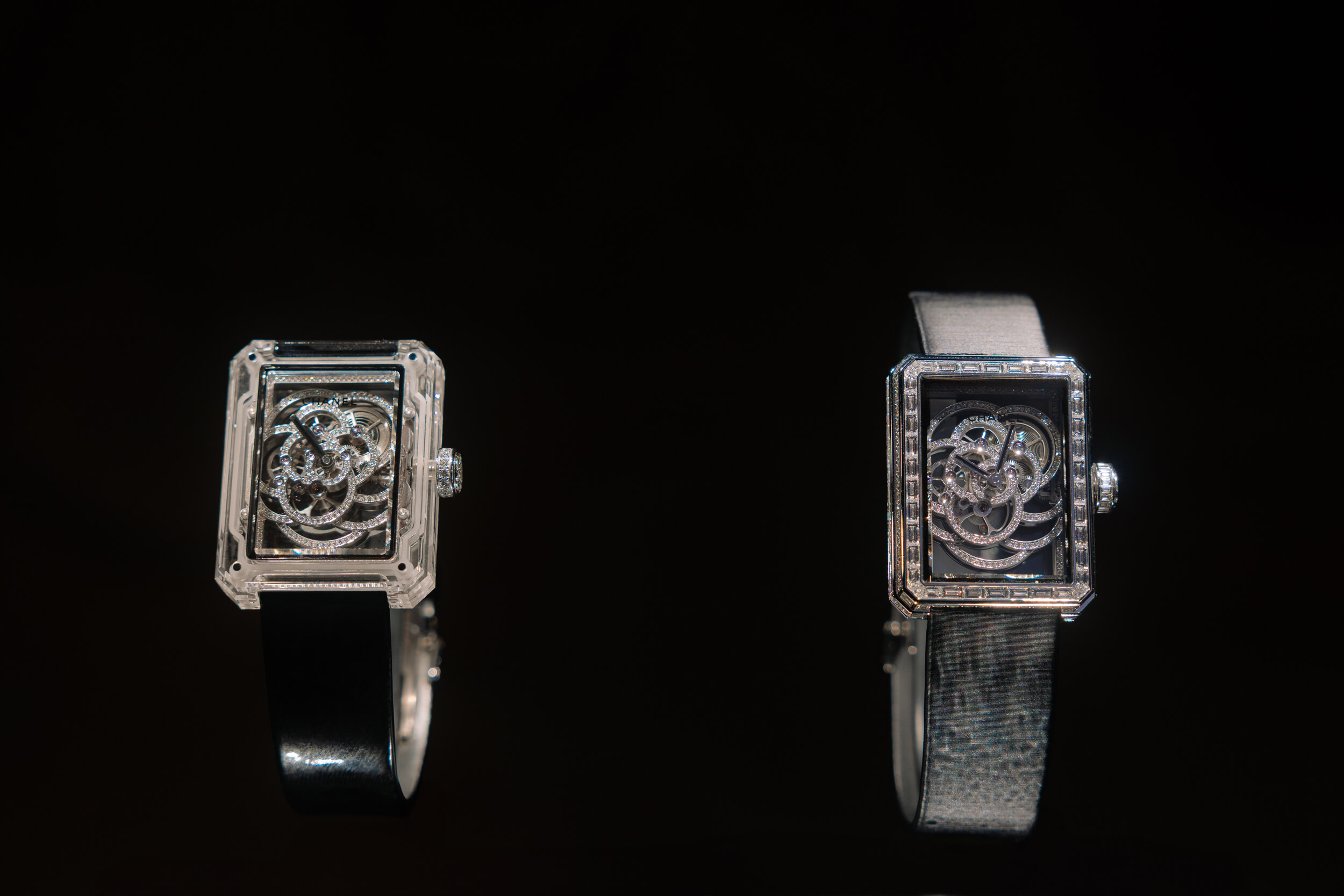
Inspired by the geometry of Place Vendôme, the pure and simple lines of the octagon were enlarged and used not only in the design of the first perfume bottle — the iconic N°5 — but also in the case of Chanel’s first watch designed for women: the Première.
Chanel’s Petites Mains
This collection speaks to fashion, draws a clear thread, and hides a few secrets — always meant to enchant.
But this isn’t just about fashion in general — it’s about the petites mains, the skilled hands in Chanel’s ateliers. And more than that, it’s about the tools of the trade: scissors, sewing thread, needles, and thimbles — no longer mere instruments, but elements woven into the artistry of high watchmaking and jewelry.
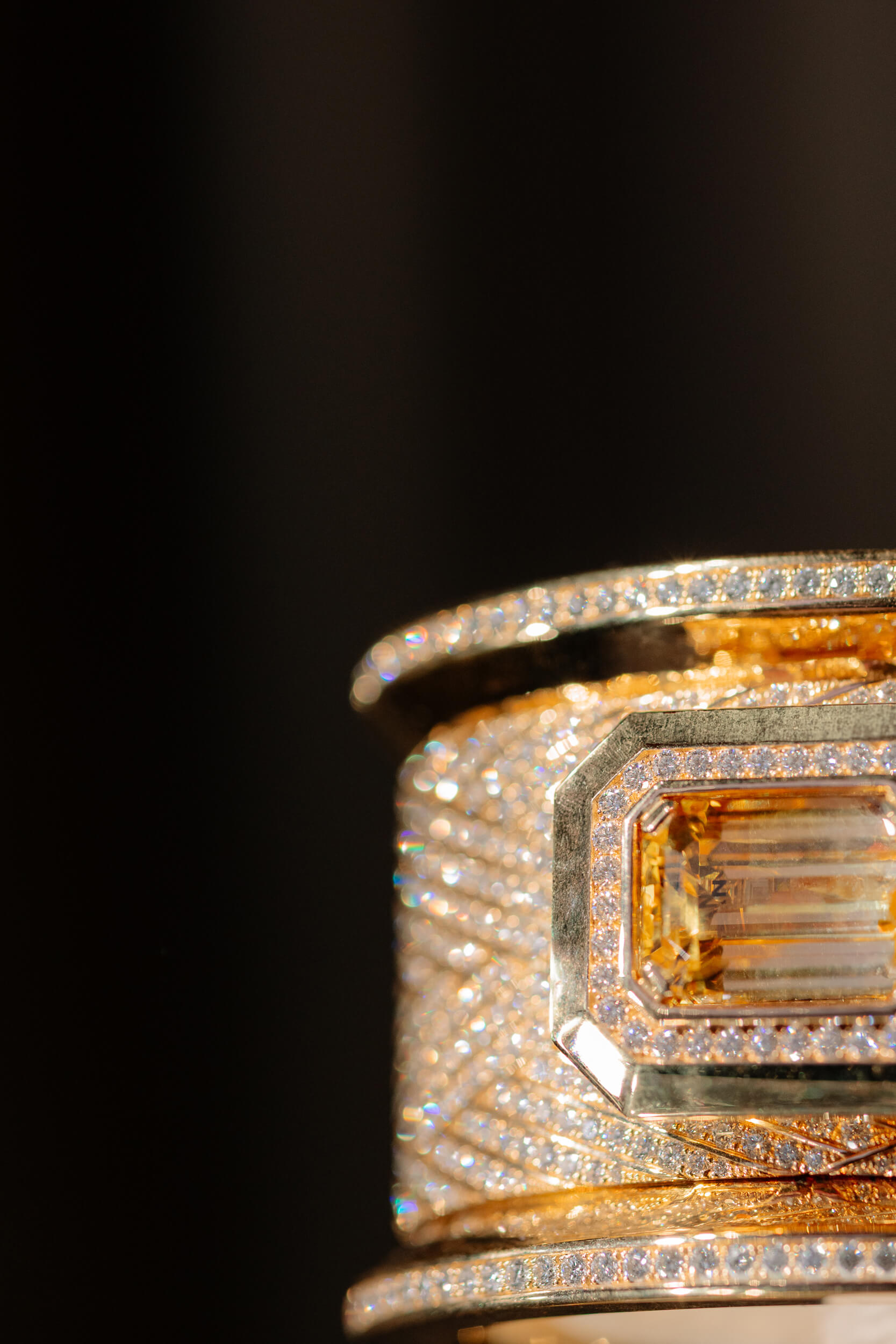
One bracelet, for instance, is inspired by a spool of thread — in its most precious form, made of gold and diamonds. Crafted with meticulous detail to highlight its realism and volume, the diamond-setting alone required 240 hours of work. At the center sits an emerald-cut yellow sapphire — echoing the hues and shape of the N°5 perfume bottle’s stopper. Beneath this sapphire lies the hidden watch dial.
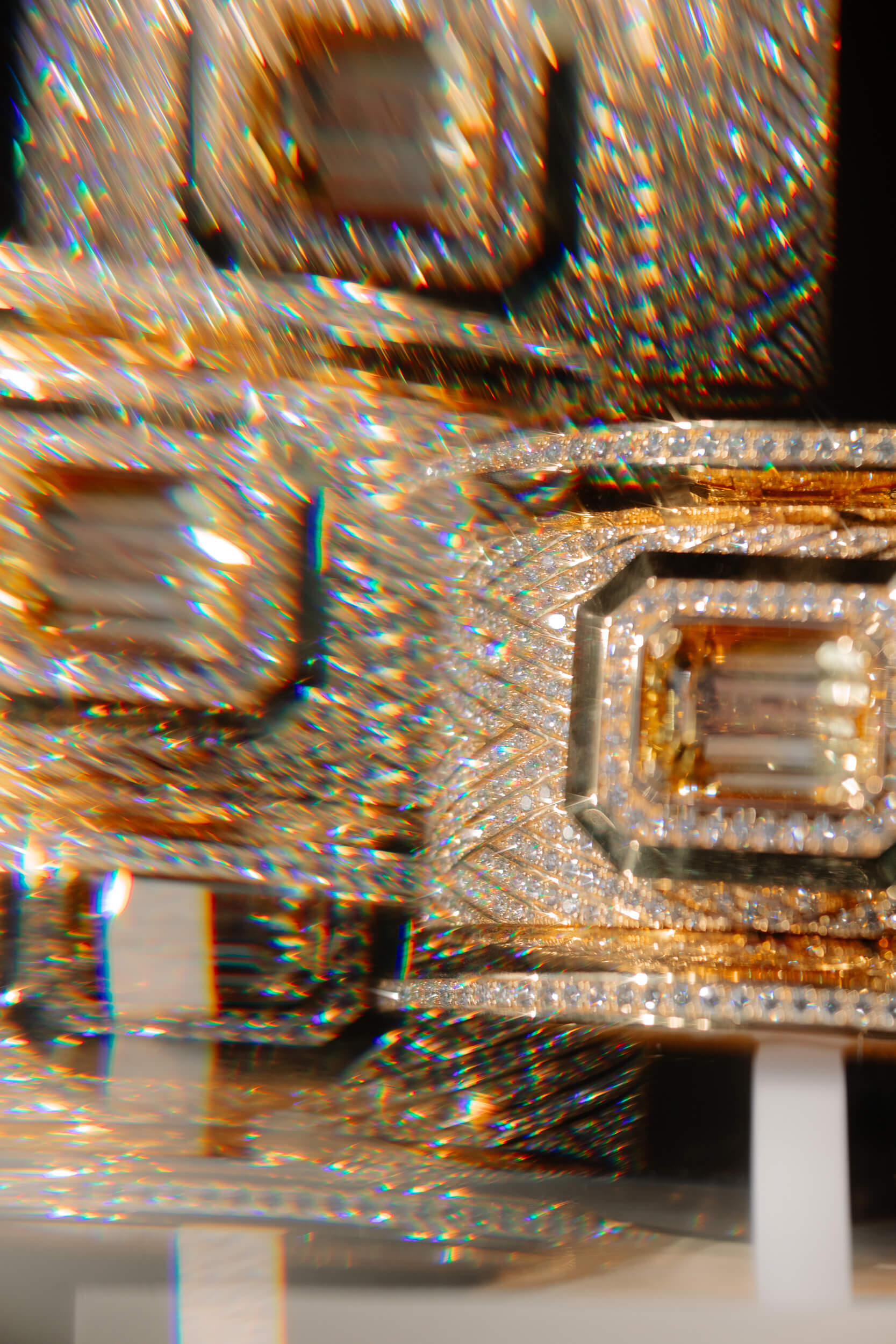
But it doesn’t end there. A diamond-set thimble hides a watch dial at its base. A ring, styled as a pin cushion, conceals the watch hands among its pins.
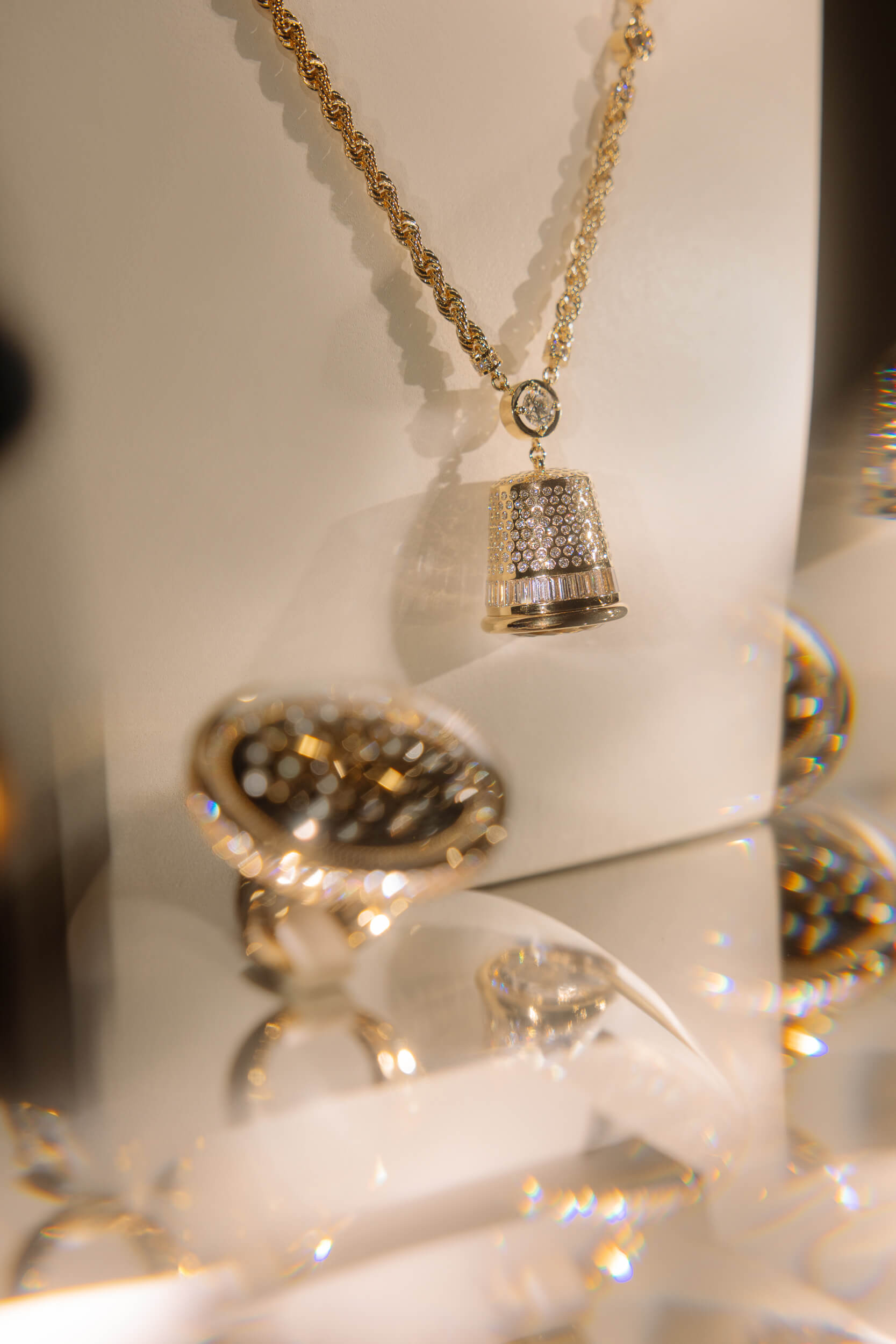
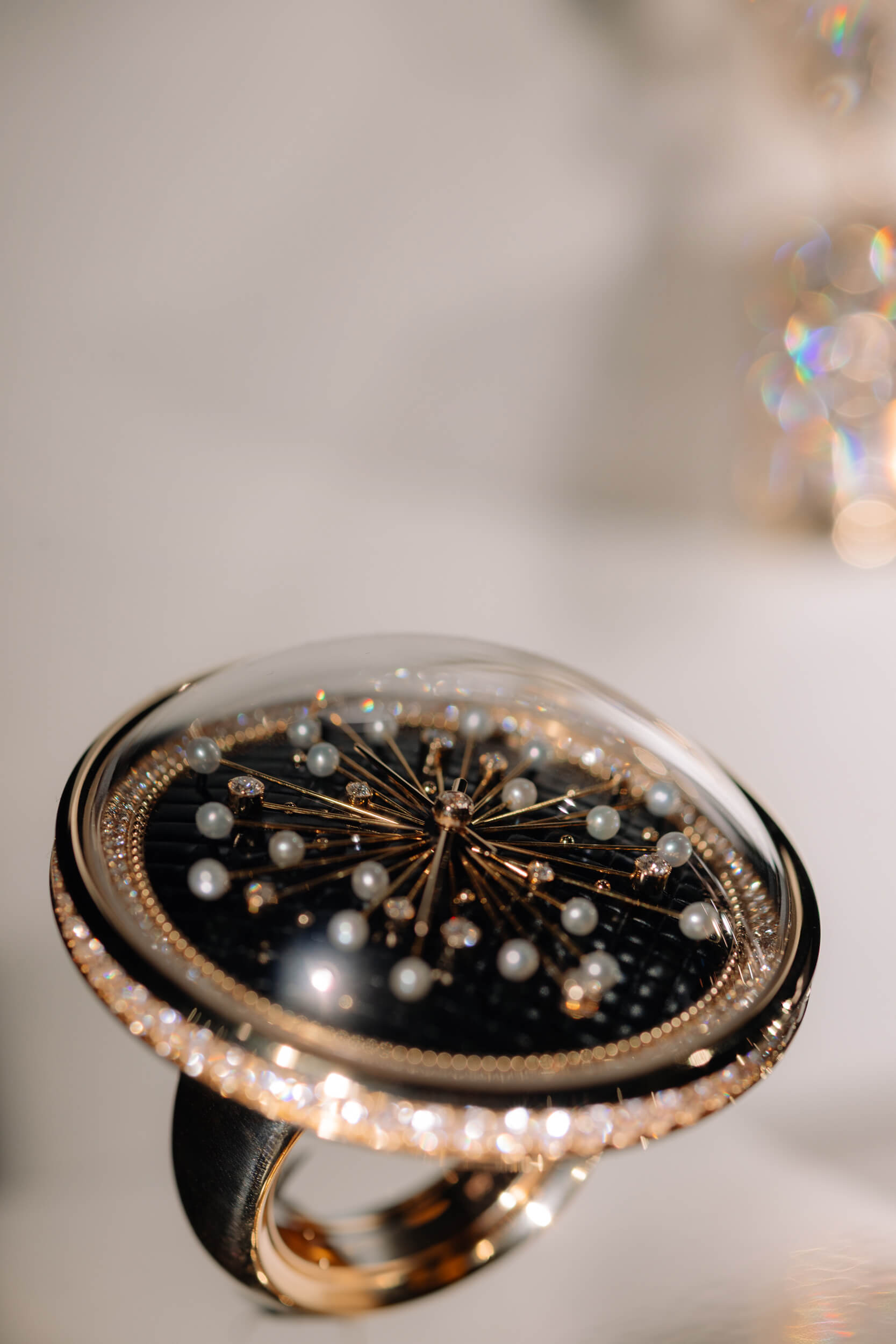
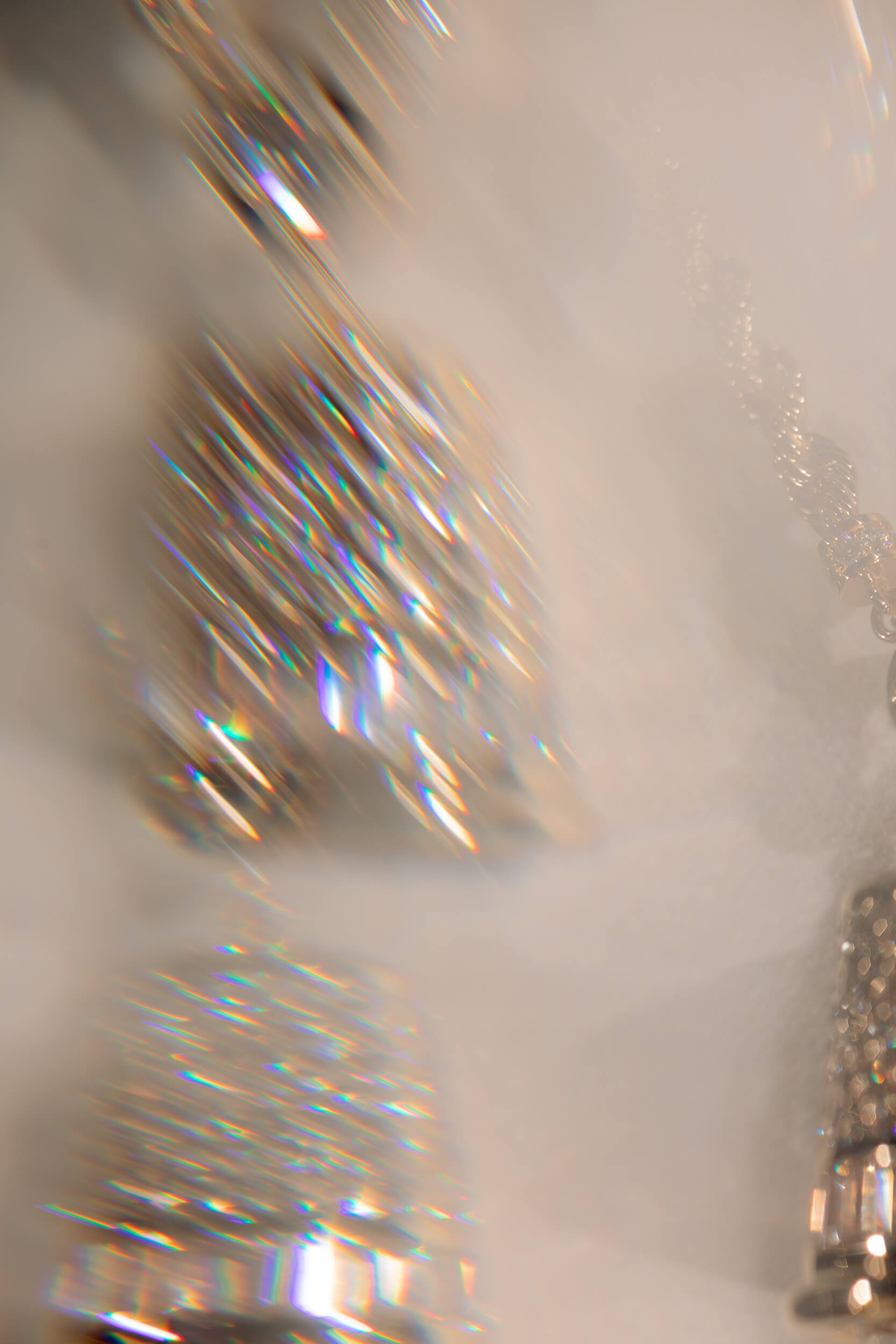
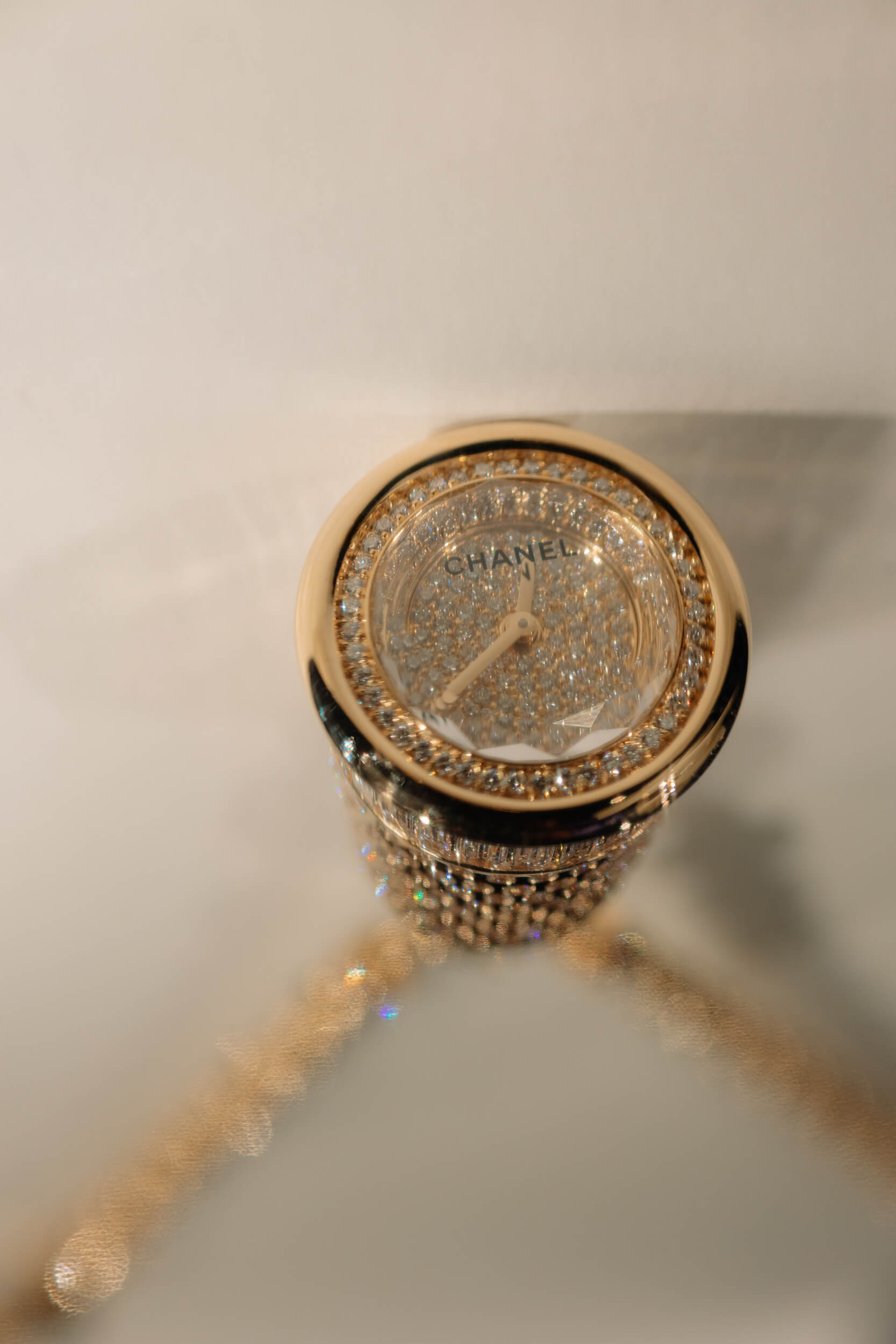
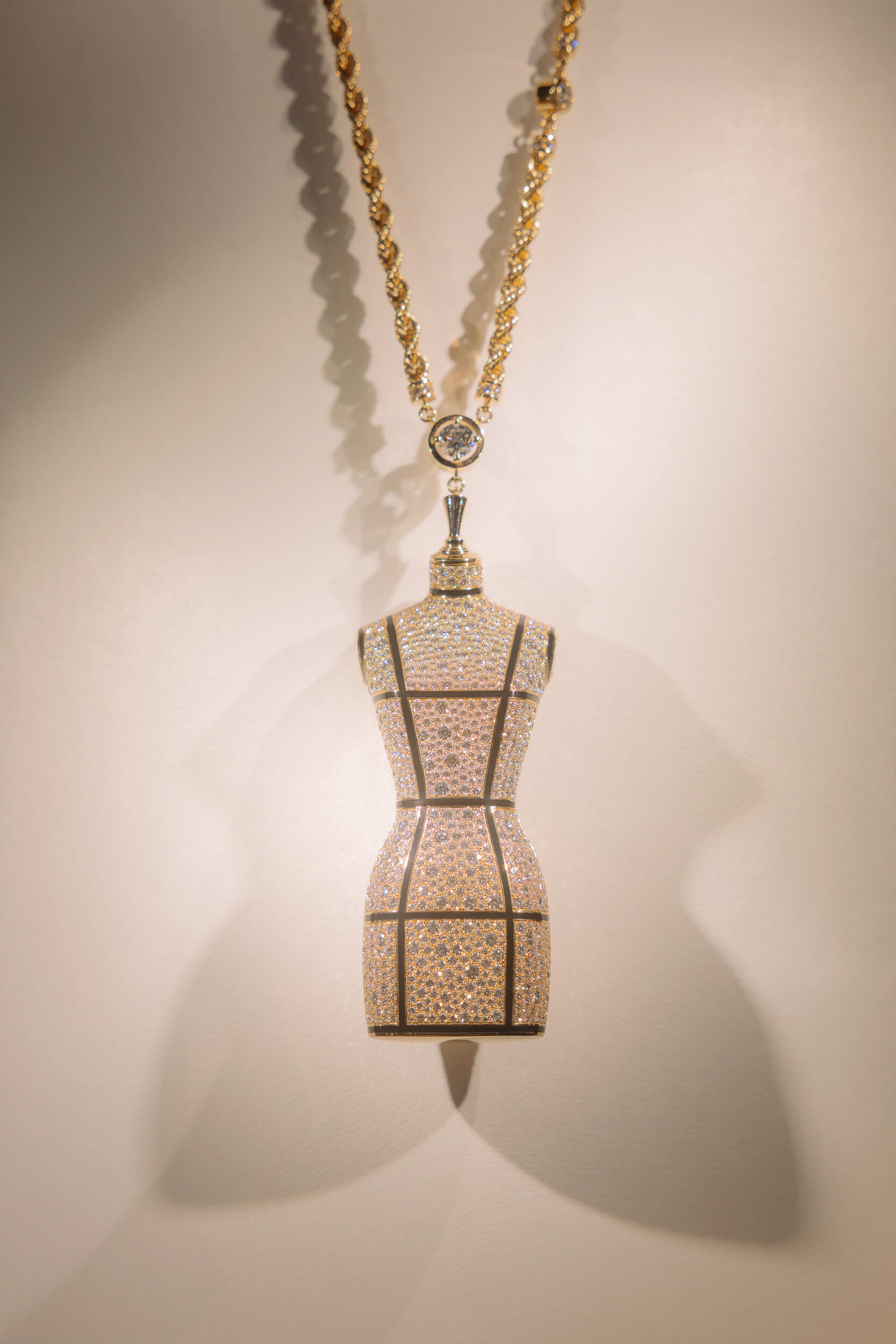
And let’s not forget the miniature mannequin, which opens at the waist to reveal a precious timepiece, marking time with Chanel’s signature inimitable elegance.
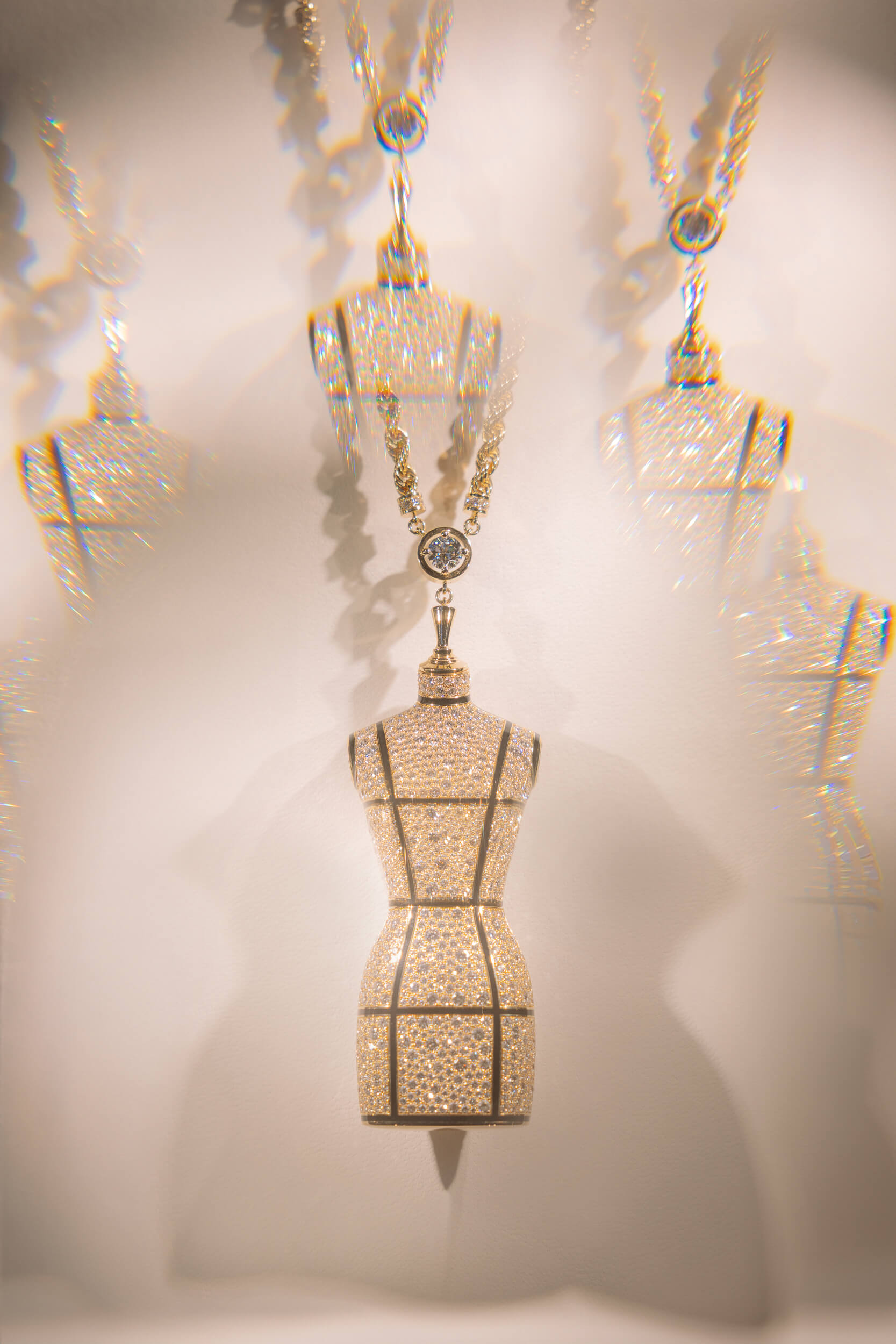
Photos by Johnny Carrano.
Thanks to Chanel Watches.
